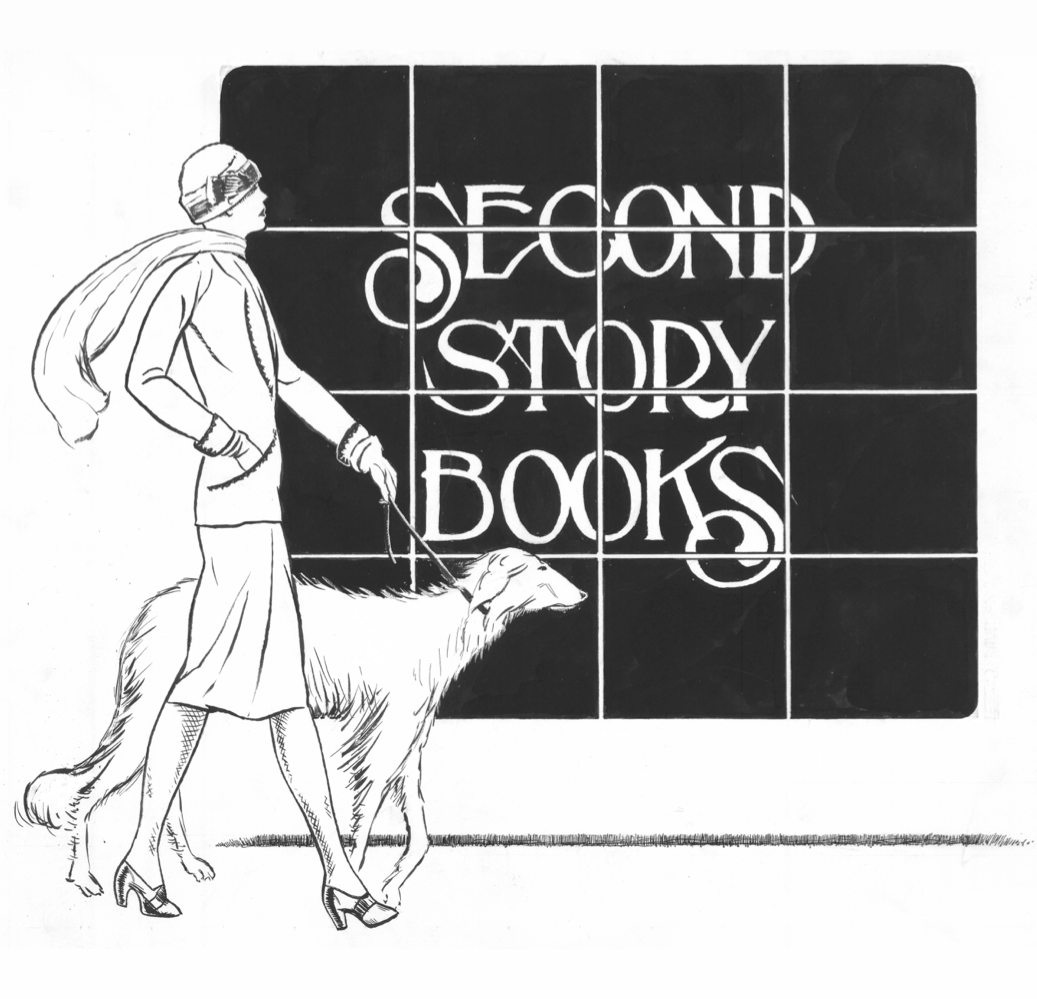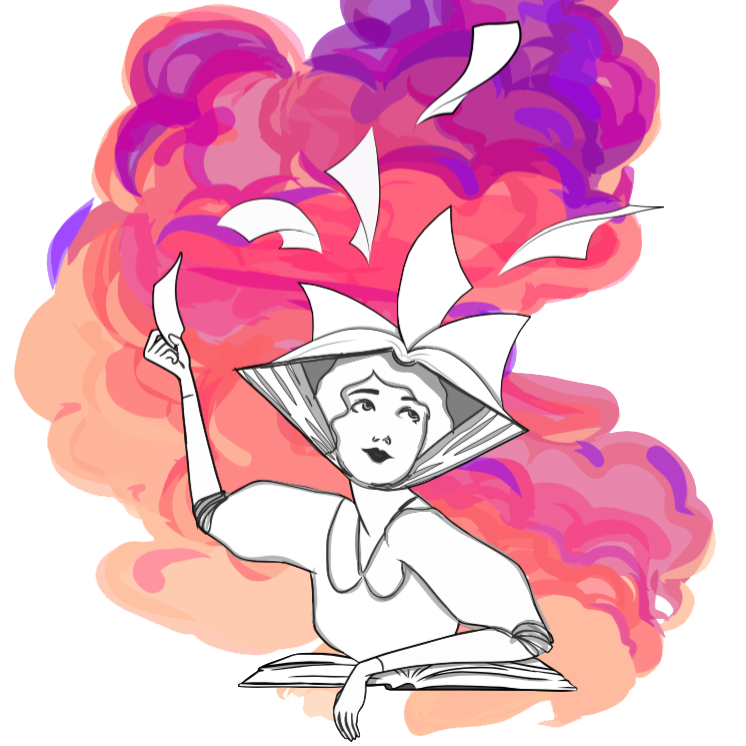YUN-KANG: THE BUDDHIST CAVE-TEMPLES OF THE FIFTH CENTURY A.D. IN NORTH CHINA: CAVE NINE: TEXT [and] CAVE NINE: PLATES [Volume VI Only, In Two Books]
Kyoto: Jimbun Kagaku Kenkyusho, Kyoto University, 1956. Large Quartos, Two Volumes. In Very Good condition. Bound in tan cloth with gilt titling to front boards and spines. Bindings with light bumping to edges and corners. Text blocks with light plus age-toning. Text in Japanese and English.
CONTENTS: Text. (xv, 144, vi plus 6 rubbings and 15 plans) – Plates. (xi, 87 black and white plates with tissue guards). SH Consignment.
[Oversized book(s). Additional postage necessary for expedited/international orders. Economy International shipping unavailable due to size/weight restrictions. For international/expedited customers, please inquire for rates].
1363314
Special Collections
Price: $500
NOTES
The Yungang Grottoes (often called the Yun-kang Grottoes in older transliteration systems) are a UNESCO World Heritage Site and one of three major Buddhist cave temple sites in China. The complex consists of 252 caves and niches filled with more than 51,000 statues, and represents a high point in the rich tradition of Chinese Buddhist sculpture. The grottoes were a focal point of imperial patronage and religious devotion in the fifth century until the Chinese capital city was moved away from the area of Yungang to the city of Luoyang. At that time, imperial donors began to favor the Longmen Grottoes, a similar site nearer at hand. Private donors continued to pay for the construction of grottoes at Yungang for several decades following the transfer of imperial patronage to Longmen, but construction at Yungang ceased in about 525 C.E.




![1363314 YUN-KANG: THE BUDDHIST CAVE-TEMPLES OF THE FIFTH CENTURY A.D. IN NORTH CHINA: CAVE NINE: TEXT [and] CAVE NINE: PLATES [Volume VI Only, In Two Books]. Seiichi Mizuno, Toshio Nagahiro.](https://secondstorybooks.cdn.bibliopolis.com/pictures/1363314.jpg?auto=webp&v=1679341365)
![YUN-KANG: THE BUDDHIST CAVE-TEMPLES OF THE FIFTH CENTURY A.D. IN NORTH CHINA: CAVE NINE: TEXT [and] CAVE NINE: PLATES [Volume VI Only, In Two Books]](https://secondstorybooks.cdn.bibliopolis.com/pictures/1363314_2.jpg?width=320&height=427&fit=bounds&auto=webp&v=1679341365)
![YUN-KANG: THE BUDDHIST CAVE-TEMPLES OF THE FIFTH CENTURY A.D. IN NORTH CHINA: CAVE NINE: TEXT [and] CAVE NINE: PLATES [Volume VI Only, In Two Books]](https://secondstorybooks.cdn.bibliopolis.com/pictures/1363314_3.jpg?width=320&height=427&fit=bounds&auto=webp&v=1679341365)
![YUN-KANG: THE BUDDHIST CAVE-TEMPLES OF THE FIFTH CENTURY A.D. IN NORTH CHINA: CAVE NINE: TEXT [and] CAVE NINE: PLATES [Volume VI Only, In Two Books]](https://secondstorybooks.cdn.bibliopolis.com/pictures/1363314_4.jpg?width=320&height=427&fit=bounds&auto=webp&v=1679341365)
![YUN-KANG: THE BUDDHIST CAVE-TEMPLES OF THE FIFTH CENTURY A.D. IN NORTH CHINA: CAVE NINE: TEXT [and] CAVE NINE: PLATES [Volume VI Only, In Two Books]](https://secondstorybooks.cdn.bibliopolis.com/pictures/1363314_5.jpg?width=320&height=427&fit=bounds&auto=webp&v=1679341365)
![YUN-KANG: THE BUDDHIST CAVE-TEMPLES OF THE FIFTH CENTURY A.D. IN NORTH CHINA: CAVE NINE: TEXT [and] CAVE NINE: PLATES [Volume VI Only, In Two Books]](https://secondstorybooks.cdn.bibliopolis.com/pictures/1363314_6.jpg?width=320&height=427&fit=bounds&auto=webp&v=1679341365)